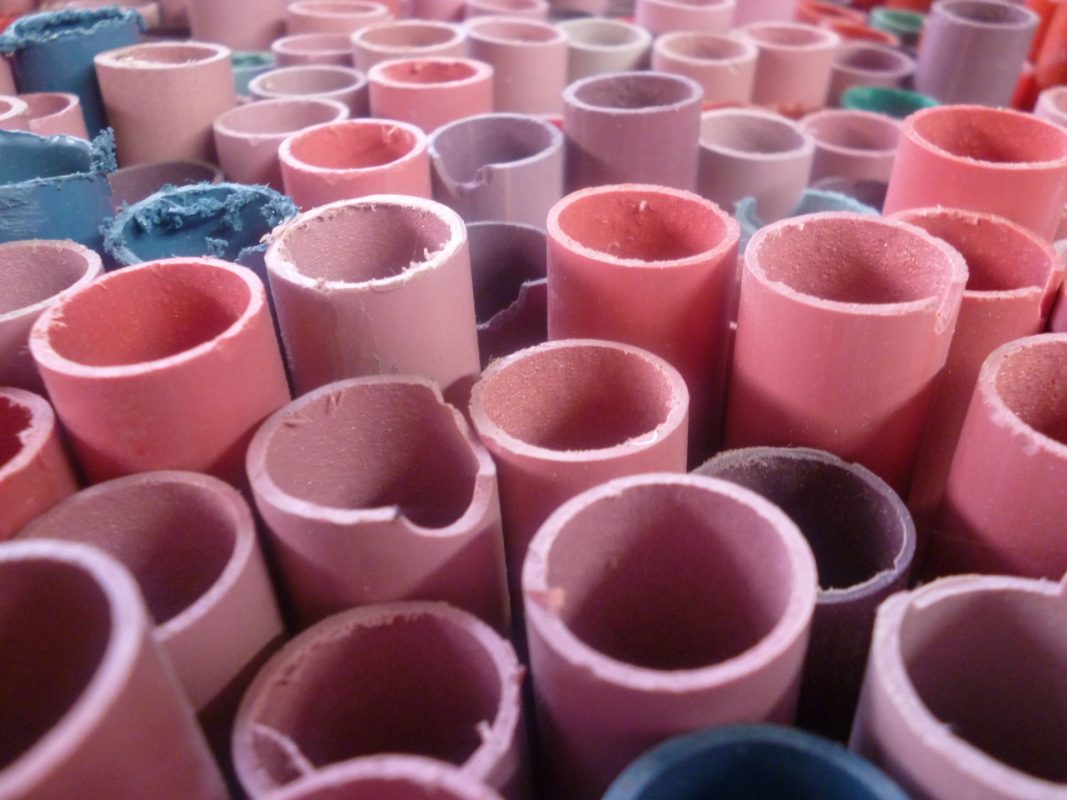Chemicals in PVC plastic may increase obesity and diabetes risk

June 5th, 2018
Exposure to PVC plastic could increase the risk of obesity and prediabetes in humans, a new study shows.
The study published in Environmental Health Perspectives indicates that dibutyltin (DBT), a chemical found in PVC, could be increasing obesity and diabetes rates.
Researchers from the University Of California, Irvine exposed mice in the womb to a chemical used in PVC plastic, blinds, water pipes, door and window frames.
The exposed mice were found to be more likely to suffer from prediabetes and obesity and exposed human stem cells also used in the study showed increased fat accumulation.
The study lists a variety of areas where humans can be exposed to DBT, including water pipes, house dust, food contamination and medical devices.
The study states, however, that monitoring human exposure to these chemicals is not currently being conducted by any public health agency.
The study suggests human exposure needs to be measured to understand how they contribute to obesity and to identify levels and sources of exposure that could be reduced or eliminated in the future.
“We don’t really know how exposed we are [to DBT],” lead author of the study, Raquel Chamorro-García told Environmental Health News.
“But it’s in so many materials in our houses and we believe most people are exposed and the chemical could be impacting our current diabetes problem,” she added.
Obesity rates have increased in recent decades. According to the World Health Organisation (WHO), the worldwide prevalence of obesity nearly doubled between 1980 and 2008.
Over 50 per cent of people in the Europe are overweight or obese, the WHO found. Statistics from the National Institute of Diabetes and Digestive and Kidney Diseases shows that over 66 per cent of adults in the US were considered overweight or obese in 2014.
Other Chemicals in PVC
Vinyl chloride is also in the production of PVC plastic and has been shown to have a variety of effects on human health, particularly when exposed through inhalation.
There is the potential for liver damage, for example, from chronic exposure through inhalation and oral exposure. It is listed as a Group A human carcinogen by the US Environmental Protection Agency.
Testicular damage and decreased fertility has been shown in rats exposed to low levels for up to 12 months.
A WHO report on the chemical in drinking water found that vinyl chloride is “primarily of concern as a potential contaminant from some grades of PVC pipe” and is best controlled by ensuring the material is of good quality.
A previous study in 2013 showed increased levels of liver and body fat in mice exposed to tributyltin (TBT), which is also found in PVC plastic. “These results show that early-life obesogen exposure can have lasting effects,” the report concluded.
[x_author title=”About the Author”]








